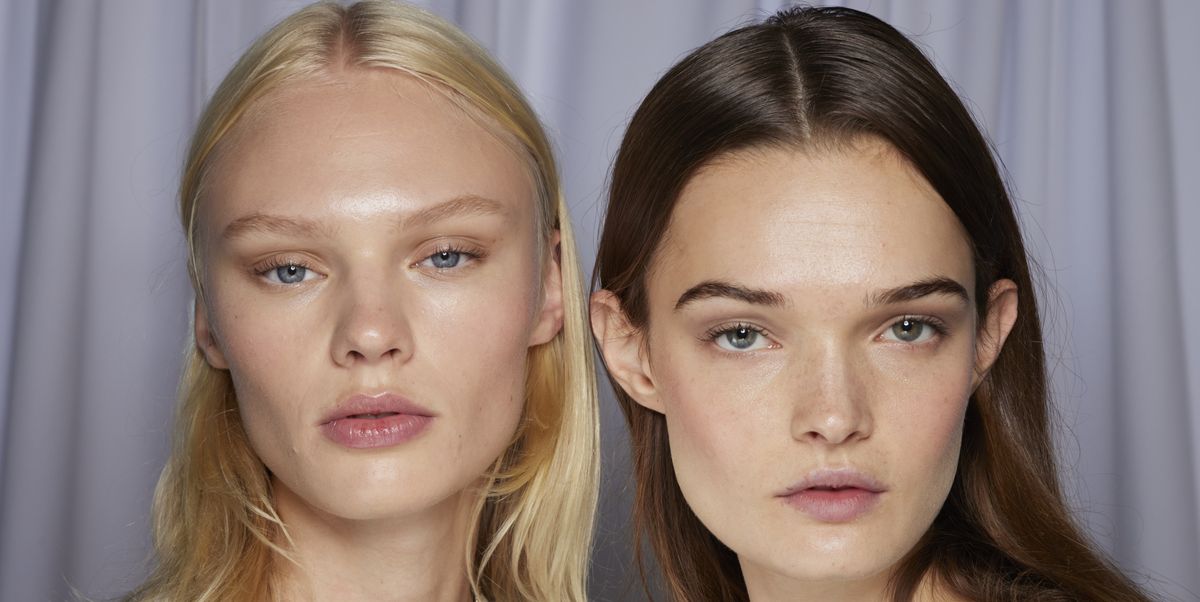I’ve been anxiously looking at satellite photos and checking cloud forecasts hoping for clear skies for the November 8 eclipse. You too? I frequently go to
and look for blue squares (indicating clear skies) during eclipse time,which occurs between about 3 a.m. and 6:45 a.m. CST. If the boxes are white for my location I hunt for the nearest place with “bluer” skies. A total eclipse is a big enough deal I’ll happily drive an hour or more to see one.

Contributed / Attila Danko
Another good resource for checking clouds is
. Like Clear Dark Skies, you choose your location first and hope for blue boxes. At both sites, clicking on a box will call up a map showing where skies are clear and clouds lurk.
I talked about how to observe the upcoming eclipse in this
earlier post
. This time, we’re going to learn how to photograph it. Cell phone users are in luck. Normally, the moon’s just a little dot in a big, black, blank sky through your camera. Sure, you can zoom in and make it bigger, but the images often get “grainy” and lose quality. The latest generations of Android and iPhones have seen vast improvements in image resolution, but they’re still not up to digital camera quality when it comes to eclipses.

Contributed / Bob King
The good news is that the moon will either be in total eclipse or emerging from totality during morning twilight for observers across the eastern two-thirds of the country. For Midwestern viewers, twilight begins just before the end of totality.
Dawn will brighten and add color to the sky while also gently illuminating the foreground landscape. While the moon will still look like a dot, you’ll be able to frame it with a scene, especially during the partial eclipse. That should make a big difference in getting a pretty picture. Just make sure to hold your phone still when taking pictures. If you lack a tripod and adapter, steady the phone against a wall, car hood, ladder rung or pole.

Contributed / Bob King
If you own a telescope you can use it as giant telephoto lens. Point the scope at the eclipsed moon, focus and then hold the phone over the eyepiece until you find the sweet spot where the moon pops into view on the screen. Gently support the phone against the eyepiece while pressing the shutter button. I took all six of the photos in the image panel at the top of this post with this method.
Your best option is using a digital single-lens reflex camera or DSLR on a tripod with a telephoto lens of 200mm or longer. The longer the lens the larger the moon will be. Good news! You won’t have to manually focus — the moon is bright enough to autofocus on.

Contributed / via Fred Espenak, compiled by Bob King
During the early partial phases, you can almost handhold the camera, shooting at say, ISO 800, f/5.6 and 1/1000 of a second. But as it slips deeper into shadow, you’ll have adjust your camera settings because the moon’s brightness continues to diminish. You have three options:
- Slow down the shutter speed to 1/250 to 1/125 to 1/60, etc.
- Open the lens wider to f/4 or f/2.8 to increase the amount of light to your sensor.
- Up the ISO from 800 to 1600, 3200 or higher. As you increase the ISO (camera’s sensitivity to light) remember that graininess and resolution decrease.

Contributed / Bob King
When the moon’s about half to three-quarters in Earth’s shadow, you’ll notice that the darkened portion glows a deep orange-red. To bring out that part of the moon you’ll need to expose for a considerably longer time. Instead of 1/500-second, for example, you may have to increase the exposure time to 1/30-second or more. Understandably, that means the bright part of the moon will be overexposed. Bracket your exposures and check the camera back to see what suits you aesthetically.
Besides the exposure table in this post, check out Xavier Jubier’s
Shutter Speed Calculator for Lunar Eclipses
. It’s super-easy to use, and you can customize it to your camera and circumstances.
Lunar brightness during totality varies from eclipse to eclipse, but exposure-wise, it’s darker than you’d think. I typically open up my 400mm or 600mm lens to its widest, increase the ISO to 1600 or 3200 and expose for a second or less. Any longer than that with a telephoto lens and the image will streak because Earth’s rotation keeps pushing the moon along.

Contributed / Bob King
That’s why the best way to photograph totality is with a tracking mount. You attach the camera to the mount, align it with the North Star and it compensates for the Earth’s spin. With this setup, you can shoot telephoto lens pictures for 10 seconds or more at a “friendlier,” higher-definition ISO like 400 or 800.
Whether you’re using a smartphone, a DSLR with a telephoto lens or a telescope, many of us will have the opportunity to capture picturesque photos of the eclipsed moon setting in the western sky during morning twilight as described above. Look around your town or neighborhood the next couple days for a scene that would pair well with the moon, so you’ll be ready when the time comes — hopefully “blue-block” clear!

